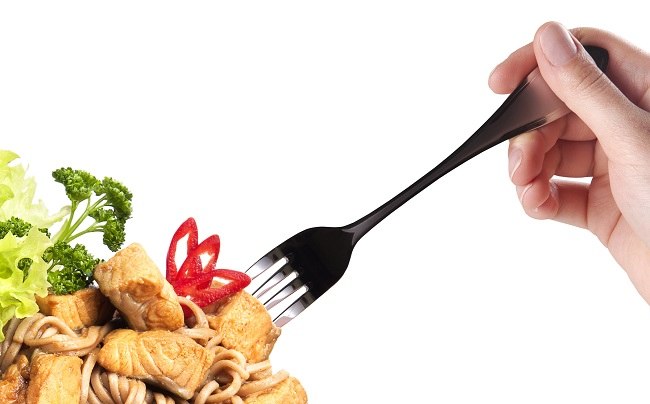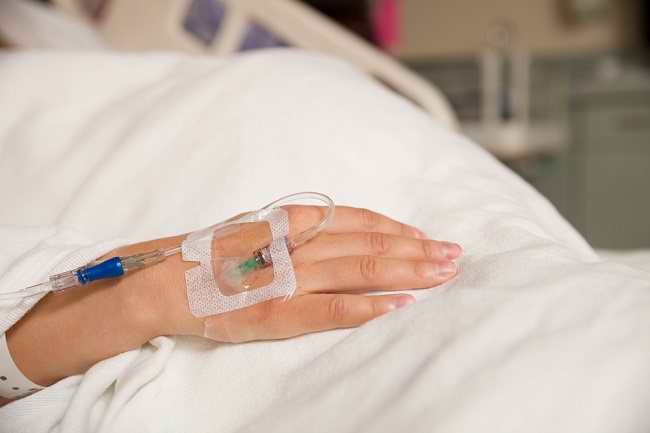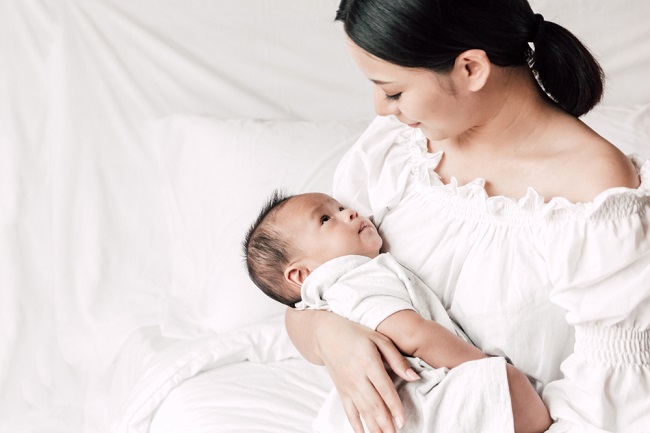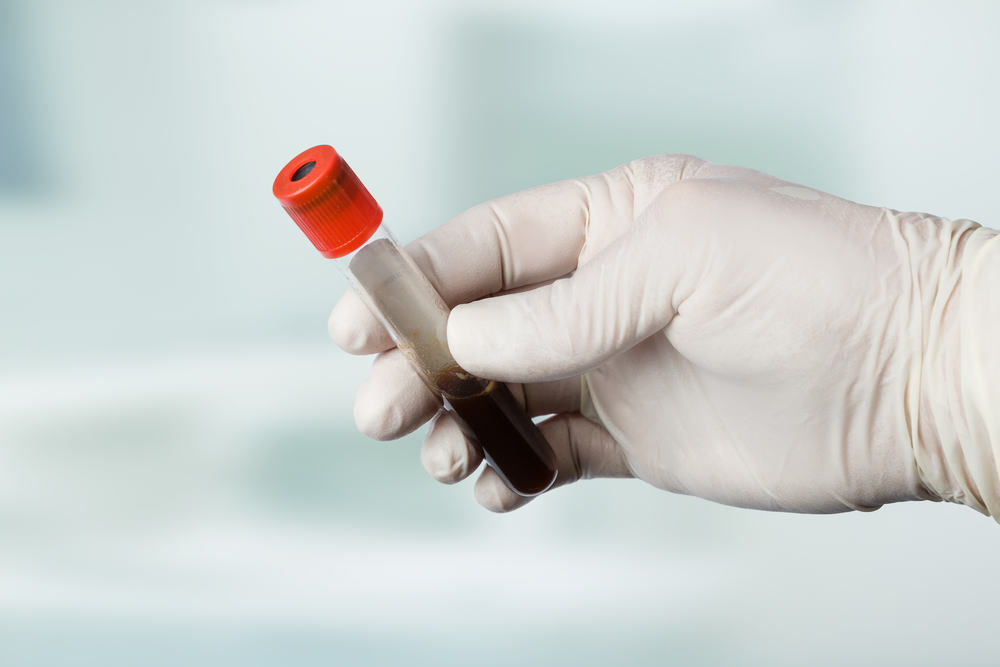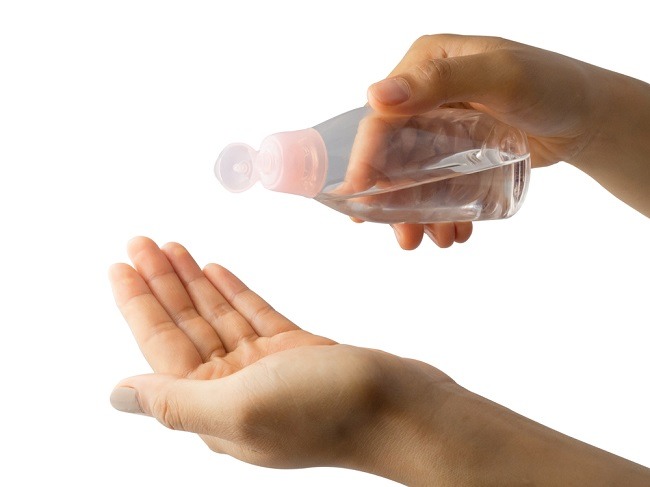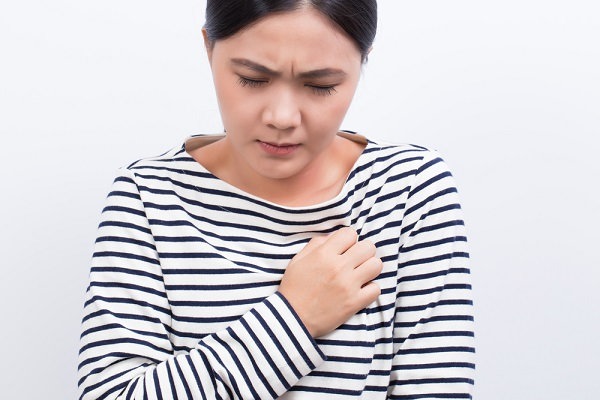Gliclazide is a drug to control blood sugar levels in patients with type 2 diabetes mellitus. The use of this drug needs to be combined with a healthy diet and regular exercise. Gliclazide is available in tablet form and should only be taken by mouth based ondoctor's prescription.
Gliclazide lowers blood sugar levels by stimulating the pancreas to produce more insulin and helping the body use insulin more efficiently.

Well-controlled blood sugar levels can reduce the risk of complications of diabetes, such as stroke or heart disease.
Gliclazide trademark: Gliclazide, Glucolos, Diamicron, Glucored, Glidabet, Glidex, Xepabet, Meltika.
What is Gliclazide
| group | Antidiabetic sulfonylurea |
| Category | Prescription drugs |
| Benefit | Controlling blood sugar levels in patients with type 2 diabetes mellitus |
| Consumed by | Mature |
| Gliclazide for pregnant and lactating women | Category X: Studies in experimental animals and humans have demonstrated fetal abnormalities or a risk to the fetus. Drugs in this category are contraindicated in women who are or may become pregnant. It is not known whether gliclazide is absorbed into breast milk or not. If you are breastfeeding, do not use this medicine without consulting your doctor first. |
| Drug form | Tablet |
Precautions Before Taking Gliclazide
Gliclazide should only be used under a doctor's prescription. There are several things that must be considered before using this drug, including:
- Do not take gliclazide if you are allergic to this drug or to other sulfonylureas.
- Do not consume alcoholic beverages while on treatment with gliclazide.
- Tell your doctor if you are pregnant, breastfeeding, or planning a pregnancy.
- Tell your doctor if you have or have ever had kidney disease, liver disease, porphyria, or any disease glucose-6-phosphate dehydrogenase deficiency (G6PD).
- If you are planning on having dental work or surgery, tell your doctor that you are taking gliclazide.
- Tell your doctor if you are taking certain medications, supplements, or herbal products.
- Gliclazide can make your skin more sensitive to sunlight. Avoid direct sunlight and use sunscreen if you are going out during the day.
- See a doctor immediately if you have an allergic reaction to the drug or an overdose after taking gliclazide.
Dosage and Instructions for Use of Gliclazide
Gliclazide will be given by a doctor. The dose of gliclazide will be adjusted according to the patient's blood sugar level. This drug is available in the form of conventional tablets and tablets modified-released. If described, the following doses of gliclazide based on the dosage form of the drug:
- Conventional tablets or regular tabletsInitial dose 40–80 mg per day. The dose can be increased gradually to 320 mg per day if needed. If the dose is more than 160 mg per day, the drug needs to be taken 2 times, namely at breakfast and at dinner.
- Tablet modified-releasedThe initial dose is 30 mg per day. The dose may be increased gradually to a maximum of 120 mg per day if necessary.
How to Take Gliclazide Correctly
Follow the doctor's recommendations and read the instructions for use listed on the packaging before using gliclazide.
If you are advised to take gliclazide once a day, take it with or after breakfast. Try to take gliclazide at the same time every day, for maximum benefits.
If you are advised to take gliclazide in tablet form modified-released or slow-release tablets, swallow the medicine whole. Do not split or chew let alone crush the tablet.
If you forget to take gliclazide, take the drug as soon as you remember it, if the break with the next schedule is not too close. If it is close, ignore it and do not double the dose.
Taking gliclazide can sometimes cause hypoglycemia or low blood sugar. To prevent this from happening, you are encouraged to eat regularly.
Store gliclazide at room temperature. Do not store it in a humid place or in direct sunlight.
Gliclazide Interactions with Other Drugs
Concomitant use of gliclazide with other drugs can cause drug interactions, such as an increased risk of developing hypoglycemia, hyperglycemia, or both.
Some drugs that can increase the risk of developing hypoglycemia when used with gliclazide are:
- Antihypertensive drugs, including ACE inhibitor or beta blockers
- Antibiotics, such as sulfonamides
- Other antidiabetic drugs, including insulin or metformin
- antifungal drugs, such as miconazole
- Stomach ulcer medicine histamine H2-receptor antagonist, like ranitidine
- MAOIs
- Pain medication, such as ibuprofen
While some drugs that can increase the risk of an increase in blood sugar levels if used with gliclazide are chlorpromazine or corticosteroid drugs.
In addition, taking gliclazide with warfarin increases the risk of bleeding.
Side Effects and Dangers of Gliclazide
Some of the side effects that may appear after taking gliclazide are:
- Nausea or vomiting
- Stomach ache
- Constipation
- Diarrhea
- Loss of appetite
- Weight gain
Check with your doctor if the side effects mentioned above don't get better or get worse. Gliclazide can also cause hypoglycemia. Immediately consume foods that contain sugar, such as candy, honey, or sweet tea, when you feel any of the following symptoms:
- Hungry
- Dizzy
- Drowsiness
- Headache
- Weak
- Excessive sweating
- It's hard to concentrate
- Shaky
In addition, see a doctor immediately if you experience an allergic drug reaction characterized by the appearance of an itchy skin rash, swelling of the lips or eyelids, and difficulty breathing, or the following serious side effects:
- Liver disorders, such as jaundice
- Abnormal bleeding, such as easy bruising or bleeding gums
- Infectious disease, characterized by fever or sore throat



